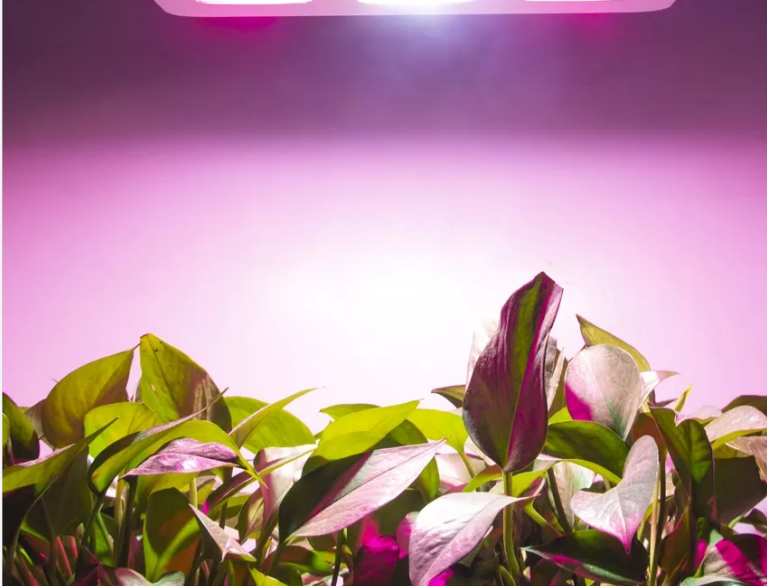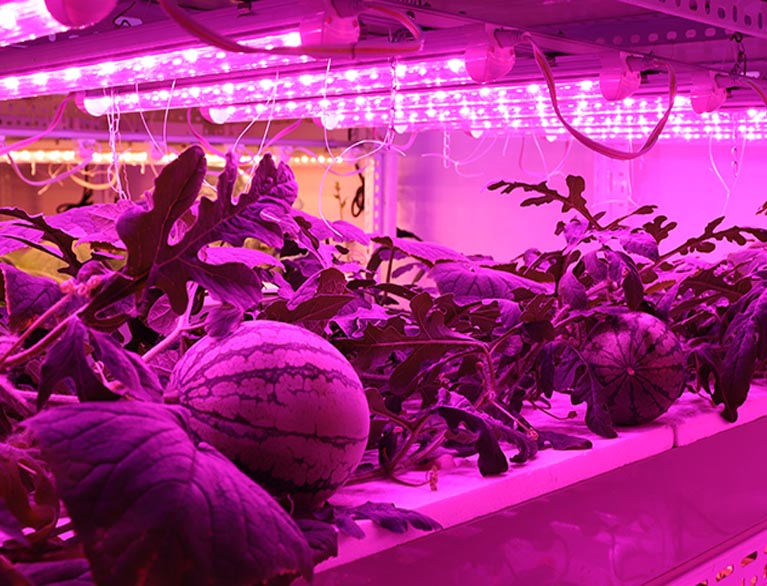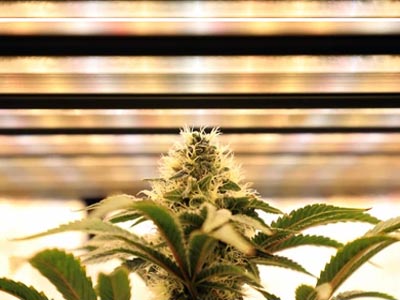LED Grow Lights With Best Spectrum & Solution For High Yield of Crops!
18 May
Different Stages of the Cannabis Growth Cycle
Different Stages of the Cannabis Growth Cycle
The cannabis growth cycle is categorized into 4 distinct stages: germination, seedling, vegetative, and flowering. It is important to understand the indoor cannabis light cycle, so you can choose the correct grow light and spectrum for each stage.
Understanding the light cycles will allow you to properly plan your grow room. Let’s explore the 4 light stages for growing cannabis in depth below.
1) Germination
The germination stage is the first stage in the cannabis plant cycle and can last anywhere between 5 to 10 days. Cannabis seed may sprout as early as 2 days and as late as 10.
During this critical time, it is important to follow a routine light cycle when growing indoors. Your plants need plenty of light in this stage; typically 16 hours of light and 8 hours of darkness.
Although the germination stage is less significantly affected by different light spectrums when compared to the vegetative and flowering stage, it is still important to use the correct spectrum of light during this phase, which is typically red enriched light. Red light promotes germination while blue light is likely to have the opposite effect.
2) Seedling
After the sprouted seed are transferred to a new container, they will spend the next 2-3 weeks in the delicate seedling stage. After germination, the plant is primed to begin developing its root system, as it will require an ever-growing network of nourishment.
As it begins growing in search of nutrients, the seedling will begin to produce sets of leaves. Initially, you may observe sets of 2 or 3, and then 5 or 7 as it progresses. During this stage, the seedling needs fewer soil nutrients and less water than in the final two growth stages.
A common mistake growers make during the seedling stage is overfeeding the plant. While usually done with good intentions, this can result in stunted growth and lower yields. The light cycle during this phase is a recommended light for 18 hours a day and 6 hours of darkness, mimicking an exceptionally long summer day.
An LED blue light spectrum is optimal for the first 10–14 days and will help develop healthier leaves. Once the marijuana plants have developed healthy leaves and at least 3 nodes, they move into the vegetative stage.
3) Vegetative
The vegetative light cycle of cannabis is when plant growth truly takes off. Much like a human adolescent, the plant will achieve most of its vertical growth during this time. Lasting between 3 to 16 weeks, the vegetative stage requires full-spectrum light for 18 hours and 6 hours of darkness.
Some argue for 24-hour light cycles during this stage, but that choice may lead to nutritional deficiencies and stunted growth in the final flowering stage. The time spent in darkness enables cannabis plants to translocate nutrients and energy stored in the form of sugars, and then prepare themselves for another day of growth.
During this stage, the roots and foliage of your cannabis plants can develop rapidly. You can achieve this using blue enriched light, ideally at 450nm.
Theses sleek, lightweight LED grow lights provide exactly what the plant needs during this time. A light dimmer option on the LLI allows you to moderate your lighting, and both Icarus products boasts exceptional output performance and light uniformity. Their carefully engineered light spectrum maximizes photosynthesis and growth and provides useful features for multiple cycles of light and growth beyond and even before the vegetative stage.
4) Flowering
The flowering stage is often the most exciting stage for most growers as they see and smell the results of their hard work. In order for your plants to reach their full potential, strict light cycles and their respective spectrums must be maintained.
Depending on the strain, this cycle lasts between 8 to 11 weeks. It should also be noted that during the transitioning period between the vegetative and flowering stages, the plant will begin to produce a distinct odor.
During this stage, 12 hours of full-spectrum light and 12 hours of darkness are recommended. This cycle is mimicking the sun’s natural exposure and cycle during the transition experienced in fall. During this time the plants’ buds will grow in size, the pistils will darken, and trichomes will become whiter.
The use of the red light spectrum is incredibly effective at this time. A lighting solution with a high degree of red light. Red wavelengths of 660 nm peak photosynthesis can help boost plant growth during this final stage. Broad-spectrum UV lighting is effective for THC production. However, UV lighting should not be used to optimized CBD production because it typically has the opposite effect.






